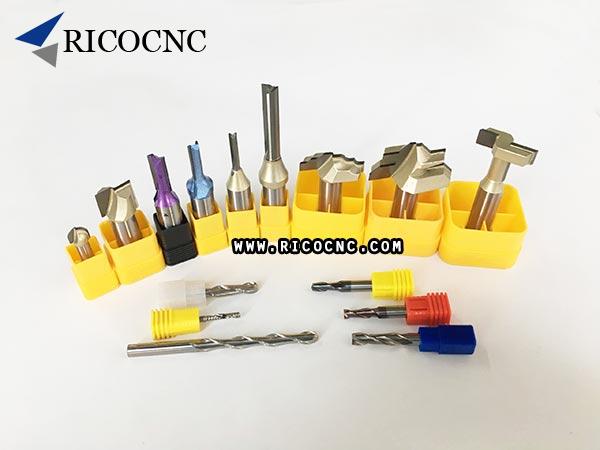
A Brief Introduction of CNC Router Bits
Some abbreviations and terminology about router bits:
SHK: Shank Diameter
CED: Cutter Edge Diameter
CEL: Cutter Edge Length
OVL: Overall Length
Chipload: The physical size of the pieces or chips the bit cuts off the material.
Feed Rate: How quickly a machine can laterally move through the material being cut. Typically measured in Inches Per Minute (IPM).
Speed Rate: The speed of the machines spindle. Typically measured in Revolutions Per Minute (RPM).
Flute: The number of cutting edges on a routing bit.
Toolpath: A coded route which a machine follows as a guide in order to cut.
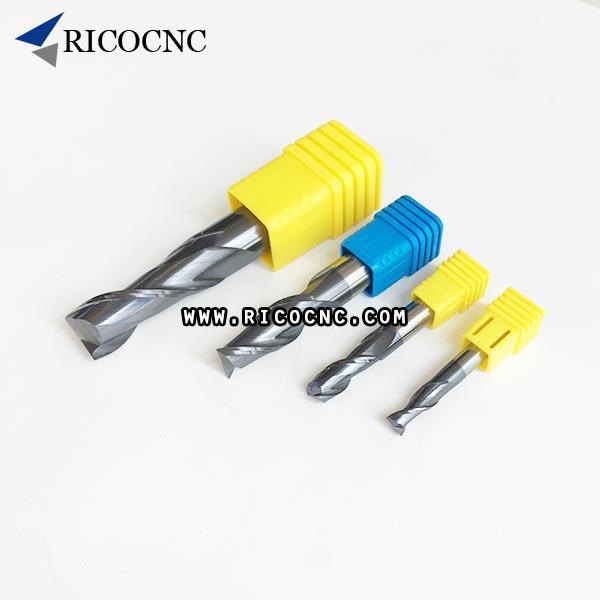
Types of cuts:
Up cut: Most regularly used type of cut. Sends chips up and out of the way of the cut path.
Down cut: Used for specific applications such as laminated or thin material. Pushes chips down in spoil board.
Compression cut: Combines Up and Down cuts. Reduces chipping leave a clean edge on the top or bottom surface
For most plastic and aluminum applications, a single flute pattern is preferred, while for most wood applications, it is ideal to utilize a double flute pattern.
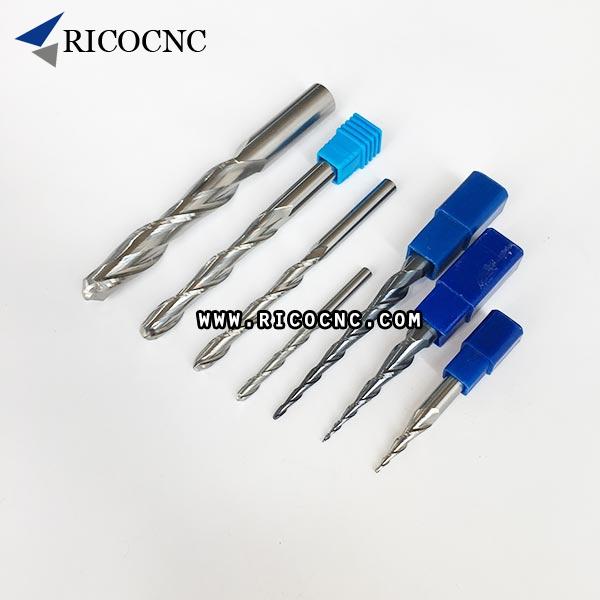
Prior to cutting:
Before you start cutting away at lighting fast speeds, there are a few factors you need to consider.
First, determine what type of material you will cut, the thickness of it, and the type of application (cutting, engraving, pocketing, etc.) in order to set an outcome.
Secondly, establish if you want to the toolpath to be a single pass or have multiple passes.
Lastly, prior to running a cut file, follow the manufactures recommendations for a routing bits recommended chipload.
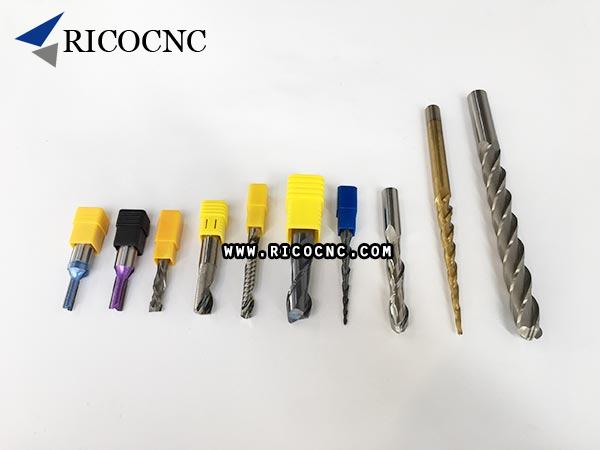
These recommended specs can usually be found on their website, documentation, or manual. The formula provided below will assist you to calculate your chipload.
Chipload = Feedrate / (RPM x Number of Flutes)
General rule of thumb: If your chips are too large, slow down the feed rate or you risk breaking the bit.
Larger chips dissipate heat better while smaller chips are easier on your machine but can result in too much heat. Also, consider the speed you are looking to cut and the chip clearance. The model RPM for nearly every material is around 18,000 RPM but for aluminum it’s suggested to aim for around 10,000 RPM.
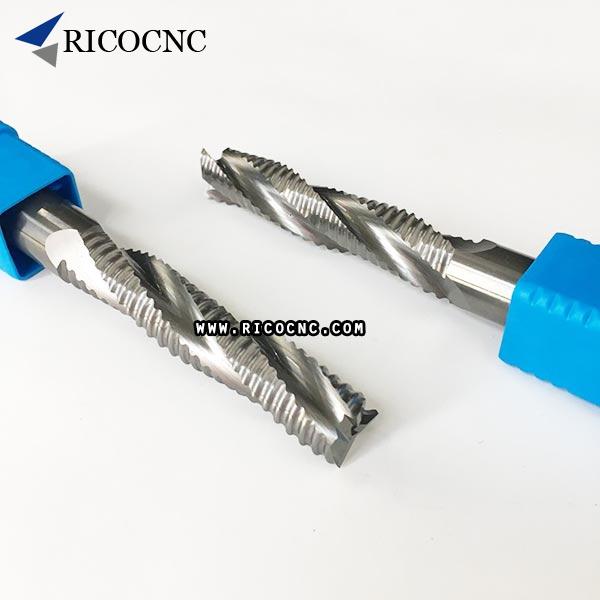
Have more questions about which CNC routing bits are best for your application or material? Welcome to contact us.
Be sure to connect with RicoCNC on our social media pages via, Pinterest, instagram or facebook for our latest company updates.
Contact: RicoCNC
Phone: 0086-13390848665
Tel: 0086-51268235075
Email: cncsale@ricocnc.com
Add: NO. 60, Weixin Road, Industrial Park, Suzhou, Jiangsu, China, 215000
 online service
online service 0086-15264185266
0086-15264185266 cncsale@ricocnc.com
cncsale@ricocnc.com